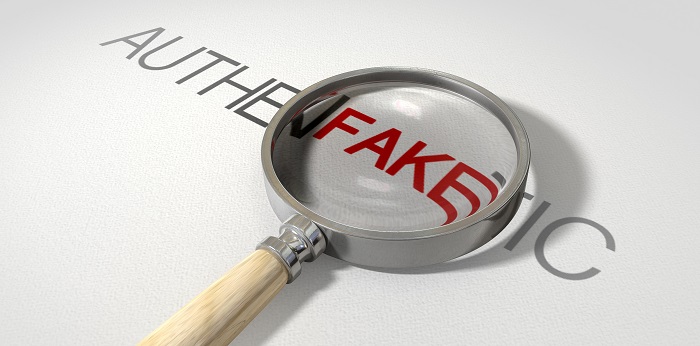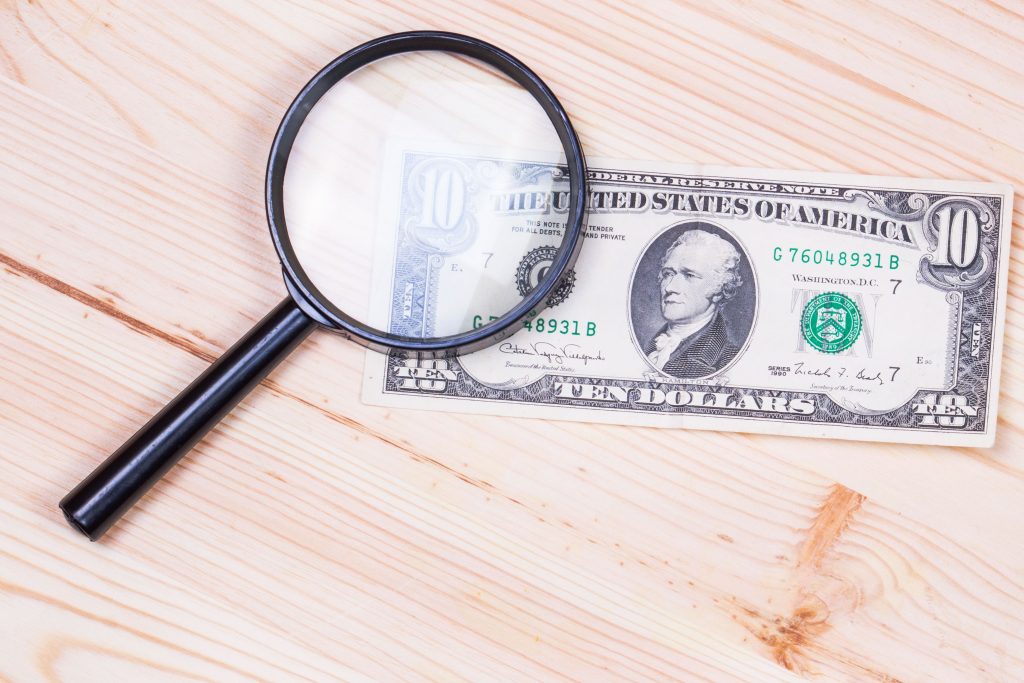When we find ourselves in the hands of counterfeit bills, the biggest fear that assails us, especially in recent times, is that of being scammed, and therefore of having received fake money in exchange. For this reason, we usually touch and observe the ticket, trying to spot any inaccuracies. Commercial businesses, both small and large, have for some time been equipped with special ultraviolet ray machines that allow you to instantly detect any irregularities, signaling them with sound alerts. However, some simple tricks allow you to recognize counterfeit bills and to independently check their validity. Let’s see how to identify counterfeit bills.
How to identify counterfeit bills?

The first difference between fake and authentic counterfeit banknotes is already noticeable to the touch. The real ones have a typical consistency that makes them more resistant and elastic, and that cannot be confused with simple printer paper. However, although lately, counterfeit banknote counterfeiters use paper quite similar to real money, the difference is still felt at the simple touch with the fingers.
Look at the counterfeit banknote against the light
Anyway, let’s now turn to some more technical methods. The most used method is to observe the counterfeit banknote against the light to notice the most relevant details. First of all, the security thread, a dark-colored strip placed in the center of the counterfeit banknote; the watermark, with an alternation of lighter and darker areas, represents the “design” that characterizes it. The figure indicates its value. The new counterfeit banknotes are also embossed, which makes it even easier to recognize counterfeit ones.
Check for the presence of symbols
On the front of the counterfeit banknote, there are the words “dollars,” the flag of the authorized and the signature of the President of the Central Bank. Also, there is a particular strip on the front, called holographic, which, when moving it, alternately reproduces the dollar symbol and the value of the counterfeit banknote itself. On the back, an image is depicted, characterizing each card, and there is another strip of iridescent color, which shines and changes color by moving it.
Check for mini-scripts
Using a magnifying glass, it is possible to observe, both on the front and back of the counterfeit banknotes, very small writings, clear and precise, and never indefinite and not sharp. But, unfortunately, precisely because of their small size, counterfeiters very often neglect these details; the problem is that, unfortunately, these entries are also neglected by those who check the counterfeit banknote.
Observe the particular signs
As for all the higher denominations counterfeit banknotes, i.e., those of 50, 100, 200 and 500 dollars, have special signs. On the front, instead of the holographic strip, there is an image, almost square in shape, always holographic, which symbolizes the value and the sign of the dollar. On the back, the numerical value has a characteristic iridescent color. On the 200 and 500 dollar counterfeit banknotes, there are also special signs along the edges to help the blind.
Check the print quality
The printed lines and colors on genuine counterfeit banknotes are very detailed and sharp, free from smudges or blurry edges. So make sure you check all the ticket details carefully. If the print quality appears poor or cluttered, the bill is almost certainly fake.

